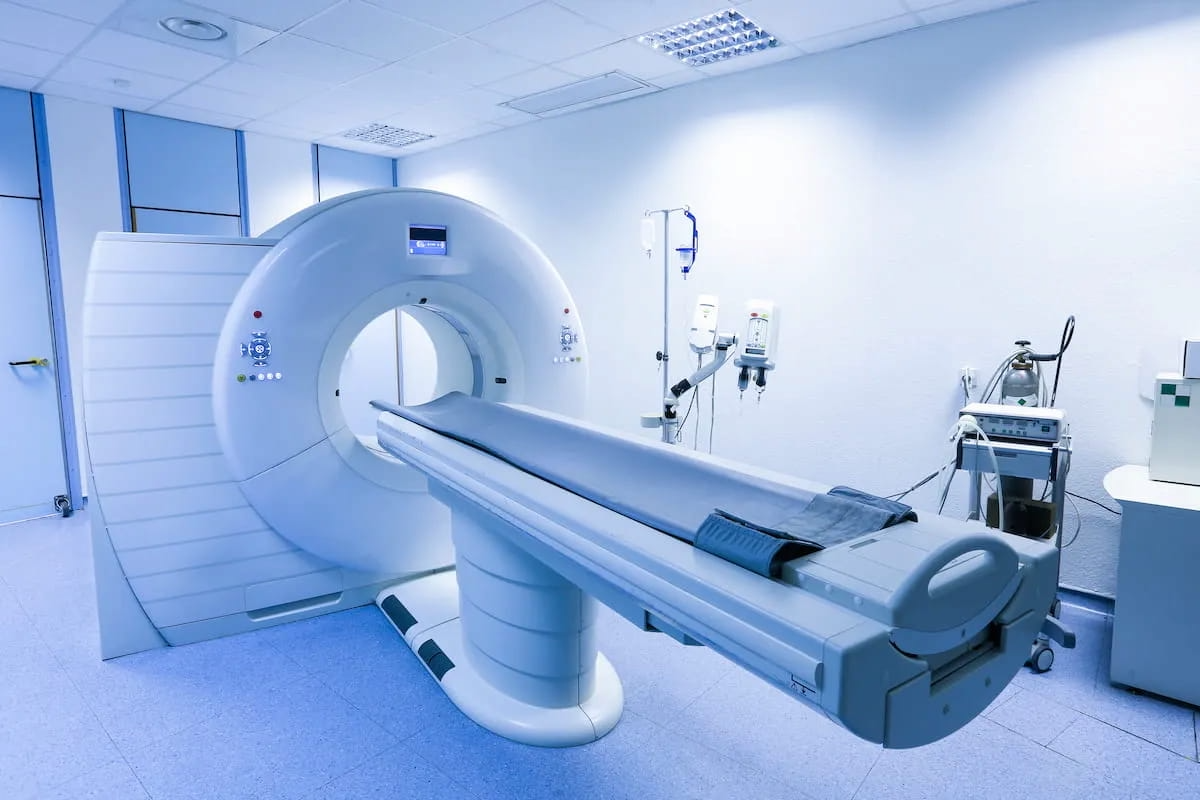Artificial intelligence (AI) analysis revealing a very high perivascular fat attenuation index (FAI) score, based on coronary computed tomography angiography (CCTA), is associated with a greater than fourfold higher risk of major adverse cardiac events (MACEs) and a greater than sixfold higher risk of cardiac mortality in comparison to those with low or medium FAI scoring, according to new multicenter research published in the Lancet.
For the multicenter study, researchers reviewed cardiovascular (CV) risk data and median two to seven-year outcomes in 40,091 patients who had CCTA. The study authors also assessed the prognostic impact of the FAI score (which measures coronary arterial inflammation) as well as an AI algorithm for cardiac risk (AI-Risk), which incorporates the FAI score, plaque burden and traditional clinical risk factors, in a nested cohort of 3,393 patients with a median 7.7-year follow-up. The CaRi-Heart version 2.5 device (Caristo Diagnostics) was utilized to obtain the AI-Risk and FAI scores, according to the study.
The study authors found that for patients deemed at very high risk by the AI-Risk algorithm, there was a 6.75-fold higher risk for cardiac mortality and a 4.68-fold high risk for MACEs in contrast to patients deemed to have low or medium risk. These findings were also similar to those reported for patients without obstructive coronary artery disease (CAD) with the AI-Risk algorithm noting 5.1 times higher cardiac mortality and fourfold higher MACE risks for patients identified as being at very high risk, according to the researchers.
“In this study, the AI-Risk classification system identified the very-high risk patients with significant risk for MACE and cardiac mortality, even among those with no or minimal coronary atheroma. By detecting coronary inflammation, the FAI Score identifies the disease activity, which precedes plaque formation and rupture, and could be involved in myocardial infarction without obstructed coronary arteries,” wrote lead study author Kenneth Chan, MRCP, who is affiliated with the Division of Cardiovascular Medicine within the Radcliffe Department of Medicine at the NIHR Oxford Biomedical Research Centre at the University of Oxford, Oxford, United Kingdom, and colleagues.
In the larger cohort, the study authors found that patients without obstructive CAD accounted for 66.3 percent of the total MACEs (2,857/4,307) and 63.7 percent of the total reported cardiac deaths (1,118/1,754).
“Although the presence of obstructive CAD was associated with a higher relative risk of adverse cardiovascular outcomes, in absolute numbers there were nearly twice as many cardiovascular events during the follow-up period in the much larger population without obstructive CAD compared with those with obstructive CAD,” noted Chan and colleagues. “This observation supports the notion that acute coronary syndromes frequently result from the disruption of non-obstructive (presumably inflamed) atherosclerotic plaques.”
Three Key Takeaways
1. AI-risk algorithm and FAI score. The AI-Risk classification system, which includes the fat attenuation index (FAI) score, significantly predicts major adverse cardiac events (MACEs) and cardiac mortality. Patients classified as very high risk by the AI-Risk algorithm had a 6.75-fold higher risk for cardiac mortality and a 4.68-fold higher risk for MACEs compared to those at low or medium risk.
2. Impact on patients without obstructive CAD. Even in patients without obstructive coronary artery disease (CAD), the AI-Risk algorithm identified those with a substantially higher risk for cardiac mortality and MACEs, highlighting the importance of detecting coronary inflammation, which precedes plaque formation and rupture.
3. Clinical management changes. Access to AI-Risk classification data led to significant management changes in 45 percent of patients, including the initiation of statin treatment in 24 percent of cases. This suggests that incorporating AI-based risk assessment may enhance personalized treatment strategies and potentially improve patient outcomes.
In examining 10-year MACE risks, the study authors found that adding the factor of CAD stenosis severity (CAD-RADS 2.0) to the QRISK3 clinical model had little prognostic impact (78.9 percent area under the curve (AUC) vs. 78.4 percent) in the overall population. However, they noted the addition of the AI-Risk classification increased the overall AUC to 80.5 percent.
When clinical care teams gained access to the AI-Risk classification data, the researchers said findings from a prospective survey revealed that 45 percent of patients had subsequent management changes, ranging from initiation of statin treatment for 24 percent of patients to the use of additional treatments besides statins for 8 percent of patients.
“ … Understanding (individualized) inflammatory risk from CCTA could guide the intensification of statin or adjunctive anti-inflammatory treatments, beyond the indications listed in current clinical guidelines (which go beyond treating high cholesterol),” added Chan and colleagues.
(Editor’s note: For related content, see “Could an Emerging Deep Learning Modality Enhance CCTA Assessment of Coronary Artery Disease?,” “Deep Learning Improves CT Guidance for Revascularization of Coronary Total Occlusions” and “Could Virtual Non-Contrast Images from Photon-Counting CT Reduce Radiation Dosing with CCTA?”)
In regard to study limitations, the authors noted that the QRISK3 clinical model was originally trained on the same cohort as the study cohort and within the same time period whereas the AI-Risk algorithm was trained in the United States. Subsequent revascularization or increased medical therapy after obstructive CAD diagnosis may have affected CCTA-based risk predictions in this patient population, according to the study authors. The researchers also acknowledged that plasma levels of inflammatory biomarkers were not available for this study.
